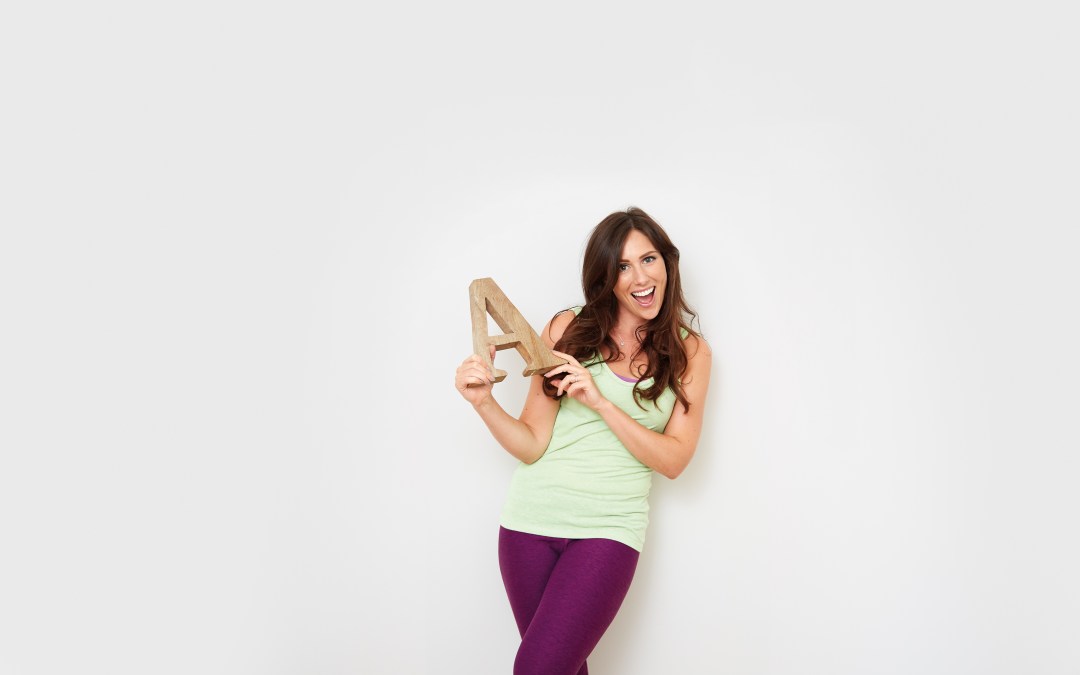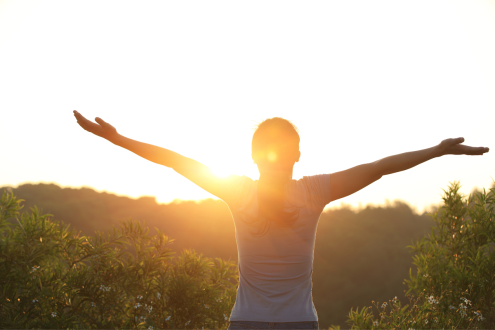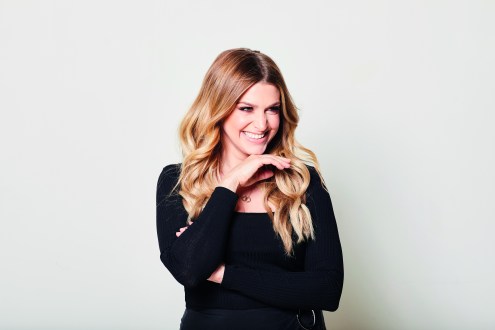Self-belief: Think you can, then prove yourself right
They say you have to see it to believe it but, when it comes to our health and fitness, sometimes we have to believe it first in order to see the results, says Ali Roff

3 minute read
We all want to start investing in ourselves again in the new year, and one of the most popular resolutions is to get healthier. Every January, I set goals (this year: feel confident in my wedding dress) and make promises to myself (less reliance on sugary pick-me-ups, more meditation and hiking). But, by February, the resolutions begin to slip and I lose motivation.
It’s often because doubt creeps in. I think, ‘This isn’t working.’ I tell myself the promises I made are too difficult to keep. But I have a new trick up my sleeve for these creeping self doubts.
There’s no bear!
There’s more neural activity in the brain when it encounters negative stimuli – we’re inclined towards a ‘negative bias’. Why? It’s a survival technique; we’re always looking for the bear about to attack. Even though it’s likely that today there are no bears waiting to pounce, the nervous system has been evolving for 600 million years and we are genetically trained to look for the negatives in life to keep us safe. But from what? Failure? Change? Last year, I decided to start working out in the mornings to keep my evenings free. My mind told me, ‘There’s no way,’ and came up with any excuse why I couldn’t get up 45 minutes earlier. And I hear these exact excuses almost every time I coach someone to start this habit themselves. There is always resistance – we justify it by finding evidence for these negative, limiting beliefs.
But, although we’re evolutionarily predispositioned this way, the brain is adaptable if we practise thinking differently. This is called neuroplasticity. By beginning to look for positive evidence, which proves that we can achieve our goals rather than can’t, we start to rewire our brains and develop new neural pathways that support positive bias and the ability to automatically think, ‘Yes! I can do that.’
When, this year, I decided to wake up another 15 minutes earlier to meditate before my workout, I found myself coming up with the same evidence. But I know these are just stories. I’ve changed my morning routine before, so why couldn’t I do it again?
Instead of finding weak and insignificant evidence to back up a limiting belief that would only hold me back, I’m looking for evidence that makes me feel positive in believing I can do it – for one, the huge fact that I’ve already mastered the habit of waking up early and changed my life for the better once before. It’s easy to set goals and make promises, but it’s our mindset and belief system that make them happen, and that’s all in our control. For me, that’s an enormously empowering thought.
3 steps to erasing self-doubt
- Notice it. Start to identify the stories you’re telling yourself that could be holding you back from making healthy changes.
- Challenge your beliefs. Examine your excuses and ask: ‘Are these true? How do I know? How are these beliefs keeping me “living small”?’
- Make new beliefs. Build trust that you can keep up healthy habits by switching focus; looking for positive, not negative, evidence that proves you can.
Ali’s debut book The Wellfulness Project will be published December 26th 2019 by Aster. Follow Ali at @AliRoff and visit her website aliroff.com to find out more about her and her wellness retreats.
Image: Laura Doherty









